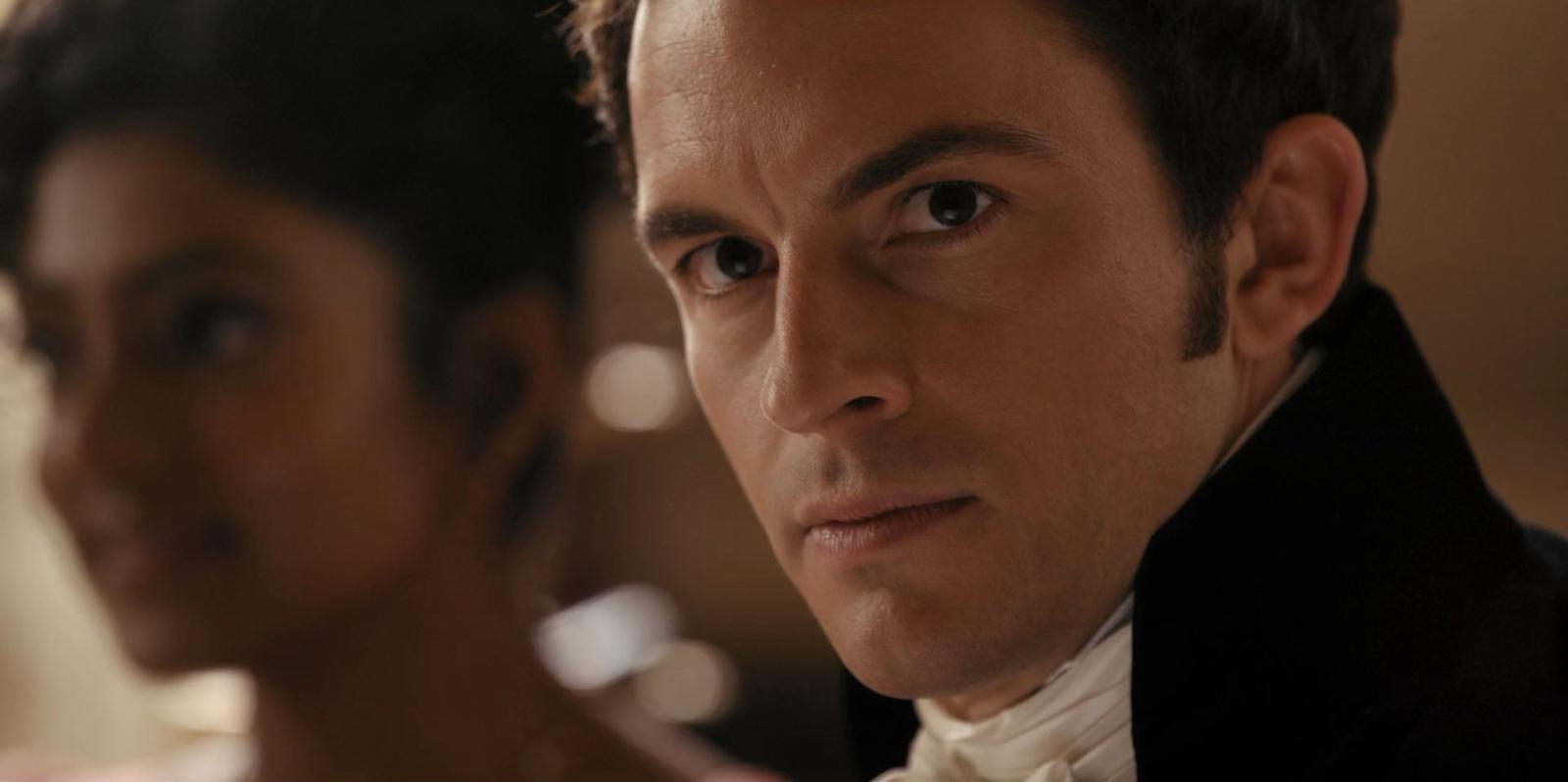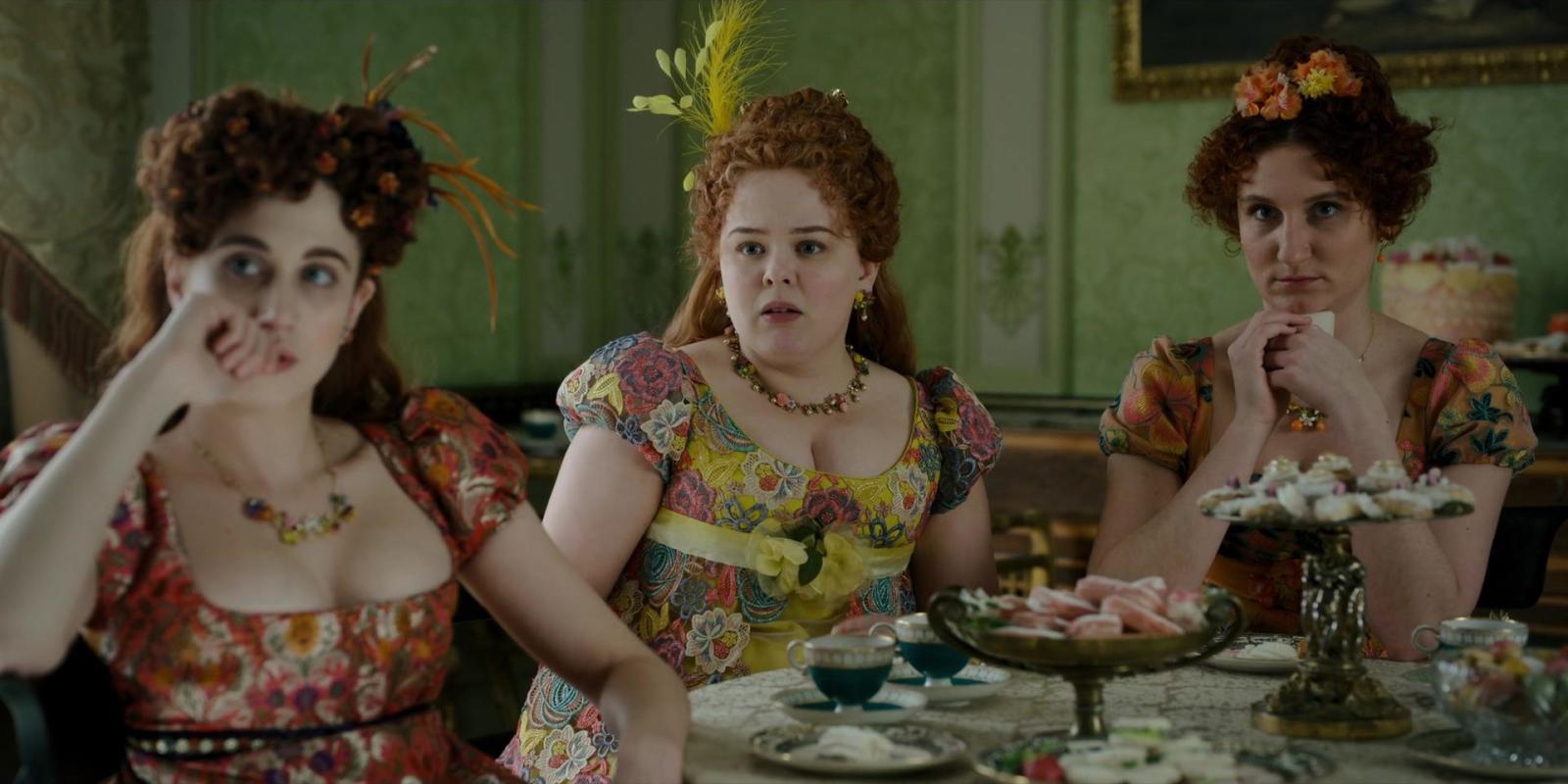5 Major Ways Bridgerton Got the Regency Era Wrong

And we're not talking about diversity here…
Set in the Regency era, Bridgerton is first and foremost a period drama. Lavish balls and dresses, horse-drawn carriages and heightened accents, there are many things that are used to portray London's high society in the 1810s. But there are plenty of things the Netflix show gets wrong.
Here are five of the biggest mistakes Bridgerton made in depicting the era.
An Abundance of Young Men

The first season of Bridgerton, which focuses on Daphne as she makes her social debut, takes place in the summer of 1813. At the time, Britain had been at war with Napoleonic France for a decade, which means that many young men had been through the war, had died, or were still in the field or at sea. Yet on the Netflix show, young men are in abundance at every social gathering, as if there were no war going on.
In this light, Colin's travels across Europe from 1813 to 1815 also seem unlikely. Otherwise, he would have been caught in the middle of active warfare.
A Hymn to Misalliances
The Bridgertons are viscounts. They may be quite wealthy, but their title is one of the lowest in the hierarchy. Nevertheless, the series portrays them as the cream of London's high society, looked up to by many other noble families and favored by Queen Charlotte herself. So much so that the monarch even proposes Daphne Bridgerton to Prince Friedrich of Prussia. This is simply unimaginable in the real world.
Love Matches

To expand on the previous point, it should be said that the love stories for which Bridgerton is so popular are far from what would have happened in reality. A duke like Simon Basset would probably not have married a viscount's daughter, unless it was for a nice dowry, which Simon doesn't seem to need. A third son, Colin wouldn't have married Penelope, who had nothing to her name. And as for Anthony and Kate, in real life Violet wouldn't have encouraged her son to pursue a nameless and penniless "spinster" when he had six other siblings (not counting Daphne, who was married) and herself to support.
The Institute of Reputation
Bridgerton brilliantly emphasizes the fact that women had few rights during the Regency era. They could not inherit property, so they had to find husbands to rely on. And the only thing a Regency woman possessed was her reputation, which is why Daphne, for example, is so afraid to be seen alone with a man and is horrified when Cressida walks in on her and the Duke making out.
That may be a bit of an exaggeration, but there's one thing Bridgerton doesn't get across. Given the history of Kate Sharma's stepmother Mary, born Lady Sheffield, who eloped with a commoner and settled in India, where she raised his daughter Kathani and their child Edwina, they would have been social pariahs and no one in London would have dared to speak to or receive them, and the Queen wouldn't have chosen Edwina as her diamond, to say the least.
Girls' Education

Throughout the series, Portia has scoffed at Penelope's desire to be educated. A woman need not be well-read, the Featherington matriarch believed. And indeed, Regency-era education for girls consisted of learning proper manners, etiquette, foreign languages, dancing, music, and some fine crafts such as embroidery. So while Portia didn't want her daughter to be bookish, she failed to provide her with a standard education for noble girls, which is why Pen didn't know how to behave in society and had to enlist Colin's help.